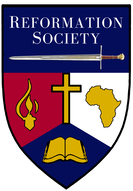 To see a video of this presentation, click: https://vimeo.com/795590529 To see a video of this PowerPoint presentation, click: https://vimeo.com/795567068 To listen to an audio of this message, click: https://www.sermonaudio.com/sermoninfo.asp?SID=23231234483609 Georg Schmidt was the first Missionary to South Africa. He was sent out during the longest prayer chain ever launched and he established the first Mission station in Southern Africa, Genadendal, in 1737.  Revival Fires in Herrnhut Georg Schmidt was born 30 September 1709, in Kunewalde, in Saxony. At age 16 he left home to walk through the winter snow to join the Christian community at Herrnhut. Founded by Count Nicholaus von Zinzendorf, the Moravian community at Herrnhut was a site of Spiritual Revival. Count von Zinzendorf launched the longest prayer meeting in history: it actually lasted 150 years! During this 24 hour a day, 7 days a week, every day of the year, prayer chain, over 2,500 Missionaries were sent out from their small Moravian community to the uttermost parts of the earth. This included Missionaries to the Caribbean, to Greenland, to India and the Pacific Islands and to the Cape of Good Hope. Count Nicholaus von Zinzendorf declared: "I have one passion – it is He, it is He alone. The world is the field and the field is the world, and henceforth that country shall be my home, where I can be most used in winning souls for Christ."  Prisoner for Christ The young Georg Schmidt began to preach the Gospel in the neighbouring town of Zittau and this resulted in him being jailed for 10 days. This experience only strengthened his Evangelical fervour and, in 1728, Schmidt left on an even more ambitious Evangelistic Mission – to Salzburg in Catholic Austria. It was not long before he and his co-worker Melchior Nitschmann, were arrested and imprisoned in Schildberg. Within a year Nitschmann had died in prison. Georg Schmidt endured 6 long, torturous years digging trenches and building fortifications as a prisoner of the Catholics. He was only released and able to return to Herrnhut in 1734.  Called to Africa Other Evangelistic outreaches continued, including to Bavaria and Switzerland. When news reached Count Nicholaus von Zinzendorf of the terrible depravity and degradation of the Khoi-Khoi tribespeople in the Cape, Georg Schmidt was chosen to take the Gospel to these despised people. In 1736, in response to requests for Missionaries to be sent to the southern tip of Africa, Georg Schmidt was commissioned to go to Amsterdam and arrange passage to Cape Town.  After strenuous examination by the Dutch Reformed Church Council and by the Dutch East India Company, Schmidt was finally granted permission for the voyage. He boarded a ship for Cape Town, which set sail 11 March 1737 (almost a year after arriving in Holland!). Georg was shocked by the sinful and careless behaviour of the sailors on board ship and often sought to challenge the captain and sailors about the state of their souls. His 4 months of persevering witness on board led to 3 men surrendering their lives to Christ.  Cape of Good Hope Four months later, Georg Schmidt finally arrived in Cape Town. When Georg Schmidt landed in Table Bay, 9 July 1737, he was 26 years old and although he was ridiculed by the citizens of Cape Town as on a fool's errand, his arrival was an historic event. He was the first Missionary to the Hottentots, as the Khoi-Khoi were called at that time. In his journal Schmidt wrote: "Every evening I visited the Hottentots; sat down among them. I told them that, moved by sincere love, I had come to them to make them acquainted with their Saviour and to assist them to work." 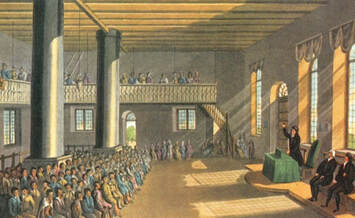 Genadendal Mission He established his Mission base in Baviaanskloof, later renamed Genadendal (Valley of Mercy). Schmidt's Moravian Mission station on the Sonderend River beyond Caledon, was the first Protestant Mission station in Southern Africa. Schmidt instructed the Hottentots (Khoi-Khoi) in the doctrines of the Christian Faith and taught them practical skills in planting and cultivating. Schmidt built his simple house, baked his own bread, made his own candles and bedding, washed and mended his own clothing.  For 7 years Schmidt worked amongst the Khoi-Khoi, teaching them to read and write and preaching and teaching the doctrines of the Scriptures to these neglected people. Schmidt wrote that he saw it as of first importance that he teach his people to love the Lord, before they could sing of His glory. First Fruit Georg Schmidt's diligence and perseverance led to 5 committing their lives to Christ, and following a period of intense discipleship, baptised them, by immersion, in 1742. However, the Council of Policy by the Dutch East India Company forbade baptism by any other than an ordained minister of a Dutch Reformed Church.  Opposition This created great offence to some people who claimed that only an ordained clergyman was allowed to baptise and immersion was not their way. His ordination was questioned. Count Nicholaus von Zinzendorf sent a letter of ordination, but this was not considered acceptable to the Governor of the Cape in 1743 and Schmidt was instructed to return to Holland to seek ordination from the state church there.  Missionary Endeavours in Europe After much frustration, and failure to obtain the authorisation of the Dutch Reformed Church, Schmidt ministered throughout Moravia, Silecia and Bohemia. He died on his knees in prayer, in 1785, at the age of 76, after a most productive life of energetic Evangelism.  Fruit That Endured In 1792, 48 years after Schmidt had been forced to leave the Cape, 3 Moravian Missionaries were again allowed to enter South Africa. They repaired the ruined house of Georg Schmidt and restored his vegetable garden and orchard. They found a flourishing pear tree that he had planted.  When they asked the Hottentots if they remembered the Missionary, they were taken to an old woman who, at baptism, had taken the name Magdalena. She produced a Dutch New Testament that Schmidt had given her. When asked if she could read it, she introduced them to her daughter and granddaughter, whom she had taught to read. As the Moravian Missionaries heard the granddaughter, of one of the first converts, reading from Matthew's Gospel, they rejoiced that the seed sown so many years before had born such marvellous fruit. Georg Schmidt became known as the Apostle to the Hottentots. "Those who sow in tears shall reap in joy. He who continually goes forth weeping, bearing seed for sowing, shall doubtless come again with rejoicing, bringing his sheaves with him." Psalm 126:5-6 This is adapted from a chapter in Sketches from South African History ( https://www.christianlibertybooks.co.za/item/sketches_from_south_african_history )
0 Comments
Leave a Reply. |
History ArticlesCategories
All
Archives
May 2023
|
- Home
-
History Articles
- History Articles
- All Categories
- Character Studies
- Greatest Century of Missions
- Greatest Century of Reformation
- Reformation In Bohemia
- Reformation In England
- Reformation In France
- Reformation In Geneva
- Reformation In Germany
- Reformation In Italy
- Reformation In Scotland
- Reformation in Switzerland
- Victorious Christians
- Contemporary Articles
- Resources
- Contact
- Donate
|
The Reformation Society
PO Box 74, Newlands, 7725, South Africa Tel : (021) 689-4480 Email: [email protected] Copyright © 2022 ReformationSA.org. All rights reserved |
- Home
-
History Articles
- History Articles
- All Categories
- Character Studies
- Greatest Century of Missions
- Greatest Century of Reformation
- Reformation In Bohemia
- Reformation In England
- Reformation In France
- Reformation In Geneva
- Reformation In Germany
- Reformation In Italy
- Reformation In Scotland
- Reformation in Switzerland
- Victorious Christians
- Contemporary Articles
- Resources
- Contact
- Donate

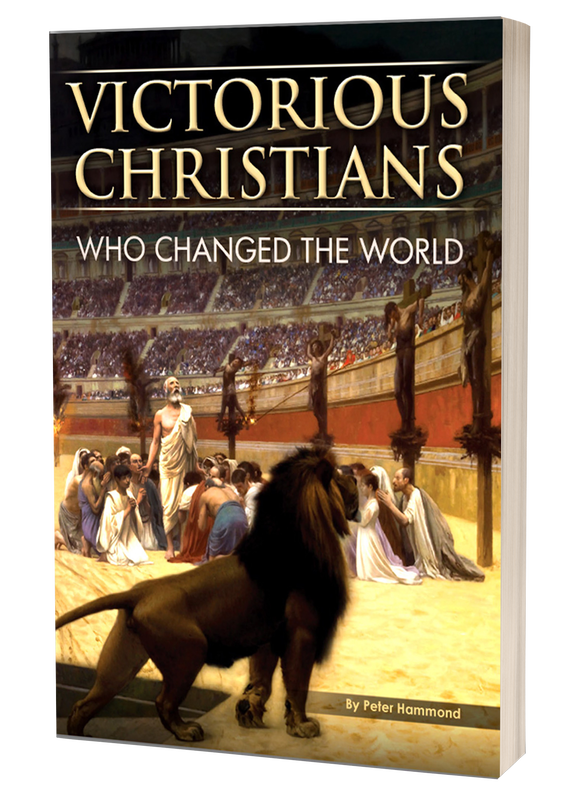
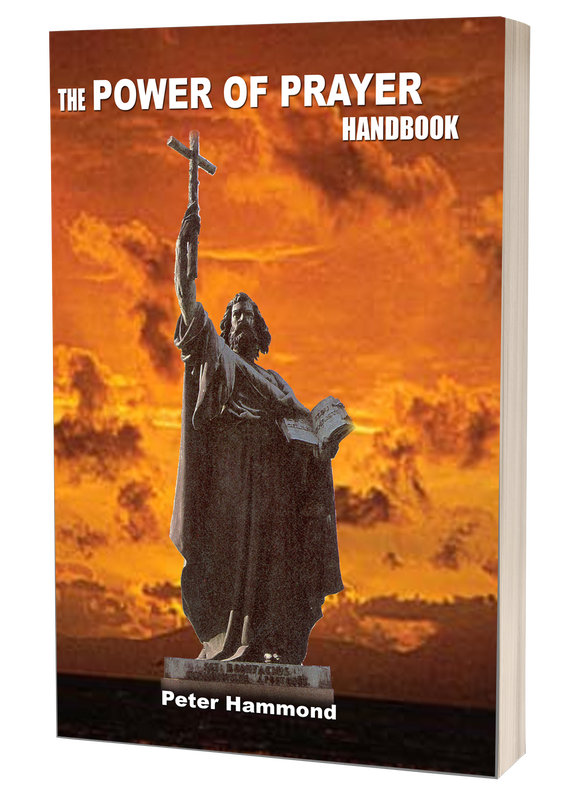
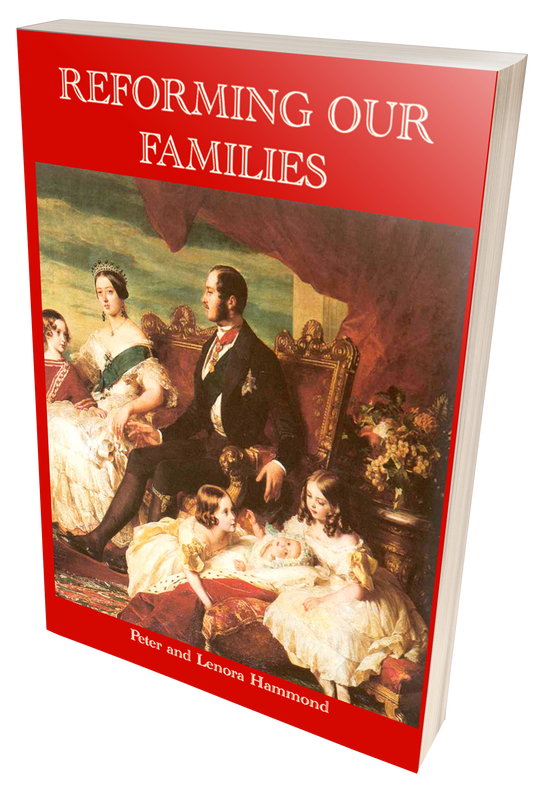
 RSS Feed
RSS Feed
